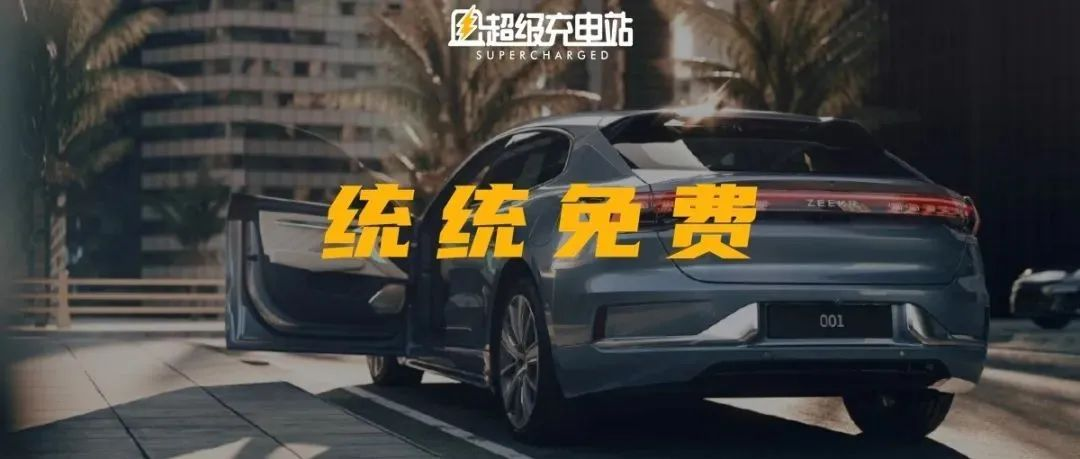Author: French Fries Fish
What is Persistence?
For automotive media, like myself, persistence means being able to choose a test flight that lands on time after running around 400 kilometers within Beijing during the day, without missing an “extremely cool evolution day” press conference.
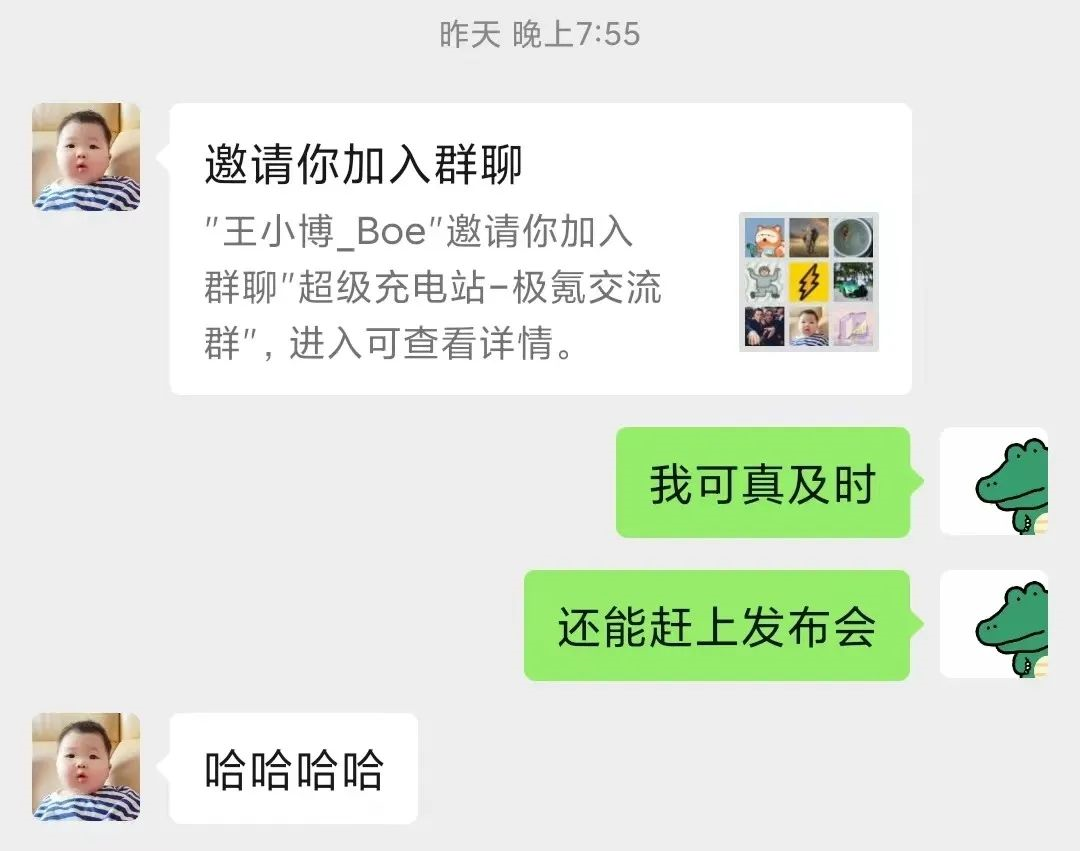
For car companies like ZEEKR, persistence means finally providing relief to all users who complain about their car software version after delivering ZEEKR 001 for 261 days using the 8155 car chip.
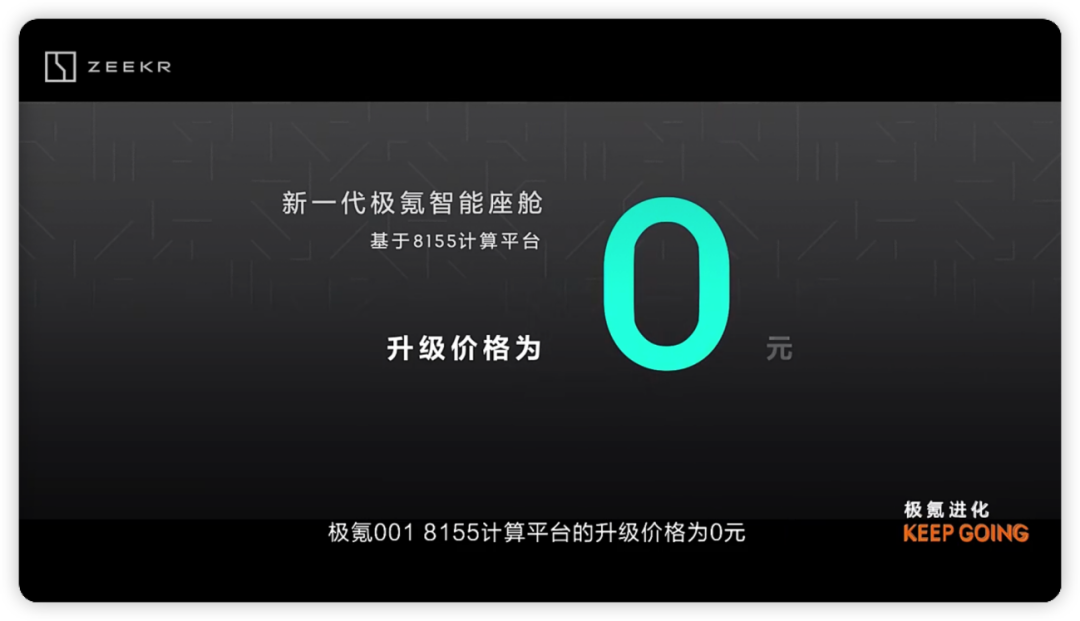
“The upgrade price for ZEEKR 001’s 8155 computing platform is 0 yuan.”
When ZEEKR CEO An Conghui shouted these words, I knew that tonight’s surprise belonged to all ZEEKR users.
Free is the Best
Some people say that ZEEKR is a car brand that doesn’t have a middle state evaluation.
Indeed, if you search Weibo comments for ZEEKR 001, the handling of the chassis is praised to be fierce, while the car software is criticized to be frustrating. Even more amazingly, many of these apparently extreme comments come from the same group of people – ZEEKR 001 users.
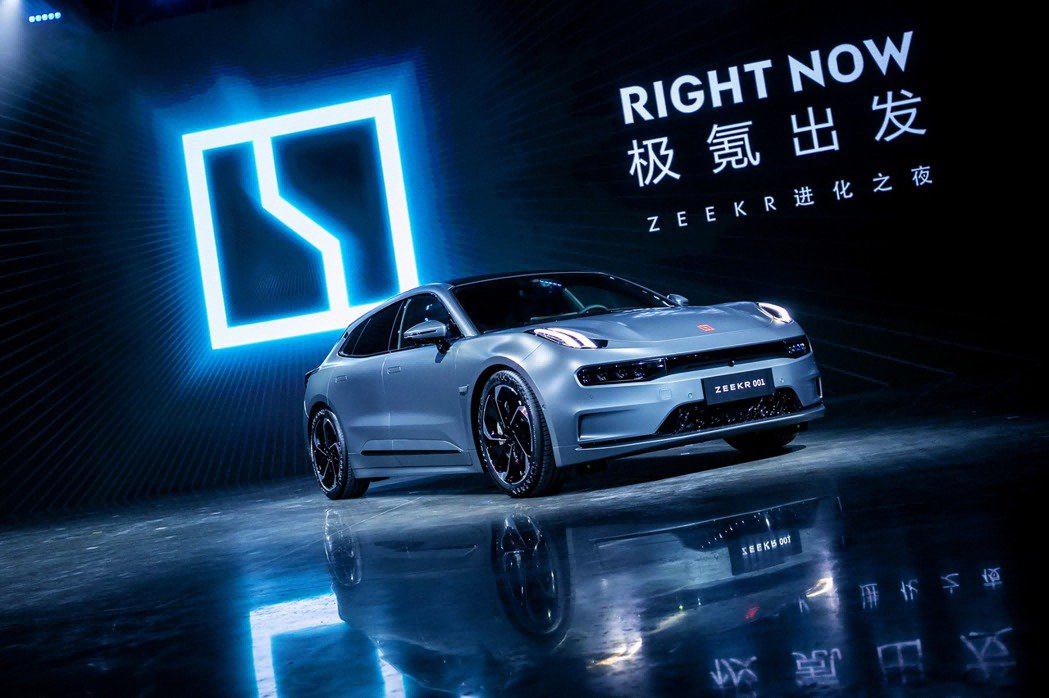
Since the new car chip is already on the road, let’s not talk about the old car software anymore. The pain of ZEEKR 001 users regarding this cannot be overstated.
But 8155’s strength really should be able to cure the wounds of old car owners.
We won’t go into details about the performance advantages of the popular 8155. Based on my colleague Miaozong’s actual experience feedback, the smoothness of ZEEKR 001’s car software after upgrading to 8155 can’t be considered top in the industry, but it is at least level with the first tier of new forces at present.
The most direct first impression is the feeling of operation.
Miaozong gave me a very vivid analogy, the operation feeling of the new car software is like using a freshly opened trendy smartphone.

The other direct expression of the improvement of hardware computing performance is the response and recognition ability of ZEEKR OS’s voice assistant EVA.
Some data are provided by JiKe: The average wake-up time of EVA is less than 0.5 seconds; The average speech recognition and transcription start time is less than 0.6 seconds; The average semantics understanding execution time is less than 2 seconds.
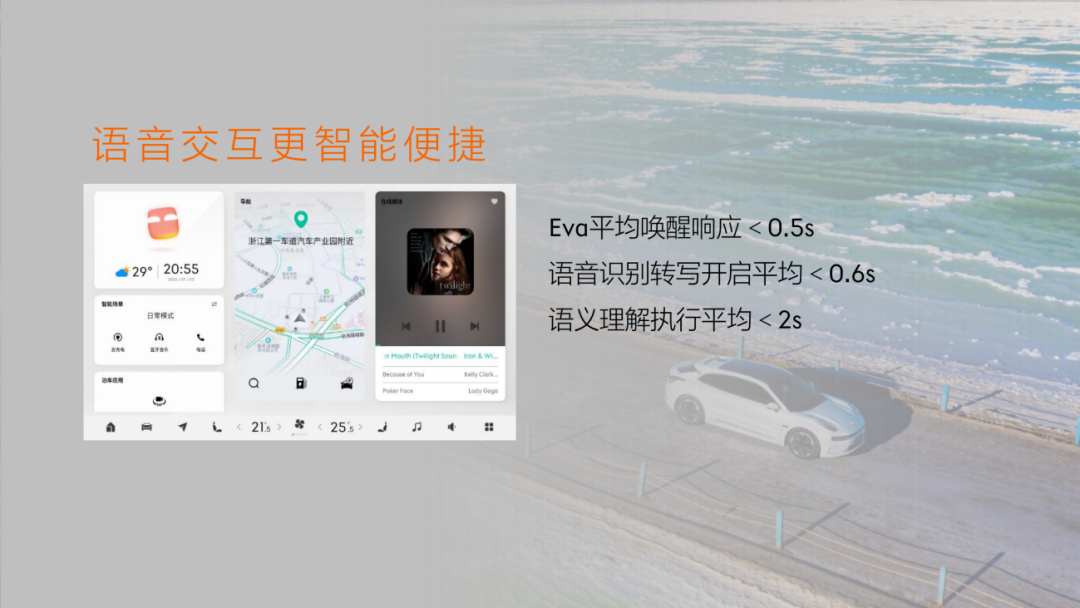
Focusing on more direct user perceptions, now, in the main driving mode, summoning the voice assistant EVA no longer requires wake-up words, just say the command and it can understand.
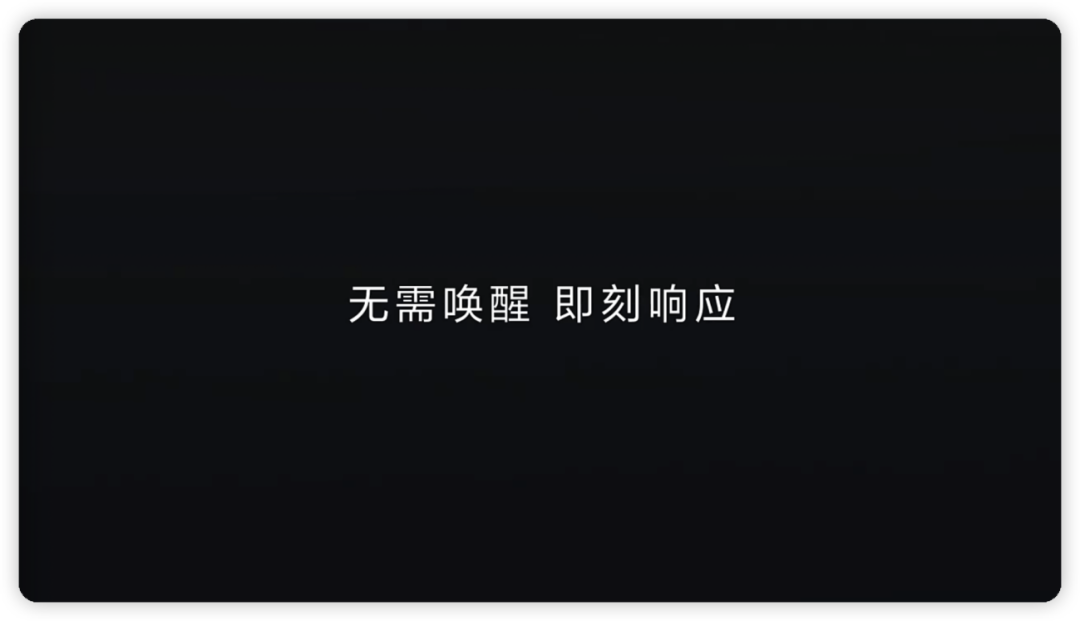
“Visible and Speakable” has also been included in the interactive optional menu of JiKe 001.
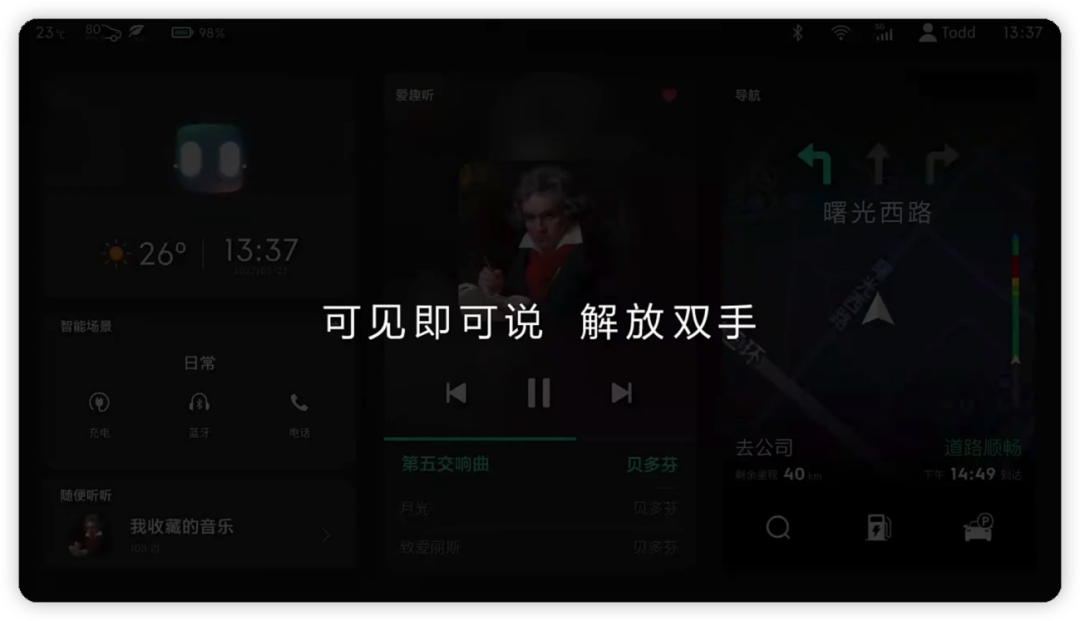
Another evidence of abundant computing power is that JiKe has put the basic speech recognition processing on the device. That is to say, except for some query operations that must be connected to the network, the remaining voice interactions can be done offline.
As a result, JiKe 001 also finally achieved free voice interaction in the underground garage.
In addition, JiKe has also made some improvements in the specific details of the new car machine. For example, the drop-down menu has been upgraded, integrating 18 functional modules of high-frequency operations, and supporting user customization; adding text descriptions to buttons to reduce the learning cost of users for car machine icons; increasing the Tencent AI QuTing and upgrading the content coverage.
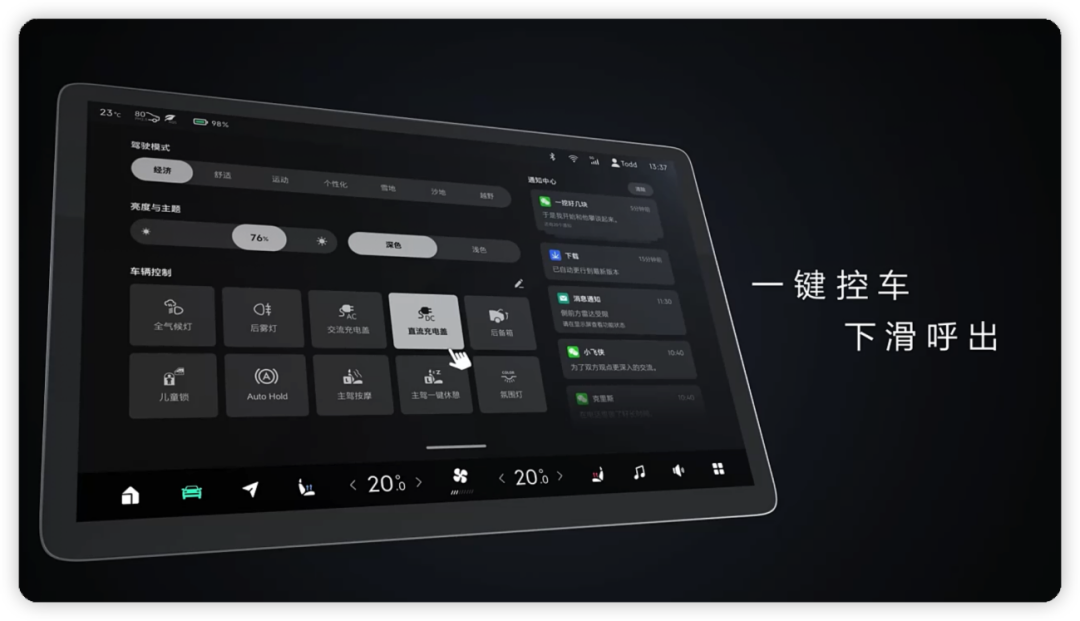
Even more important, all of the above comes with the big weapon of “free”, and the only cost users need to pay is time.
An Conghui used a “putting an elephant into a refrigerator” type of description to describe the upgrade process for 8155. First, unscrew four screws; Second, spend 35 minutes replacing the hardware; Third, spend 2 hours upgrading the software.
“In the time of a movie, your car will be upgraded.“
As for who the big weapon’s direct target is, it is JiKe itself first. According to An Conghui, JiKe has spent over 300 million yuan on this upgrade. Secondly, friendly competitors, some other competitive product users opened a mocked-up mode toward their own paid upgrade services in the user group last night.
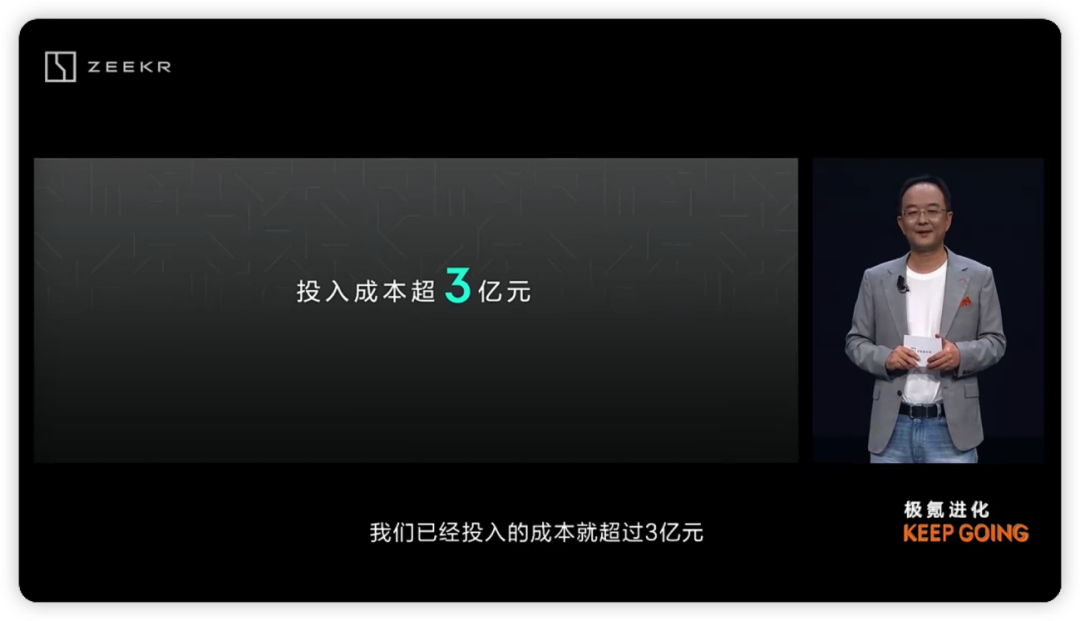
What friendly competitors think is their own business. As for JiKe itself, I think just based on this full screen of “Cong Cong is awesome”, this 300 million is well spent.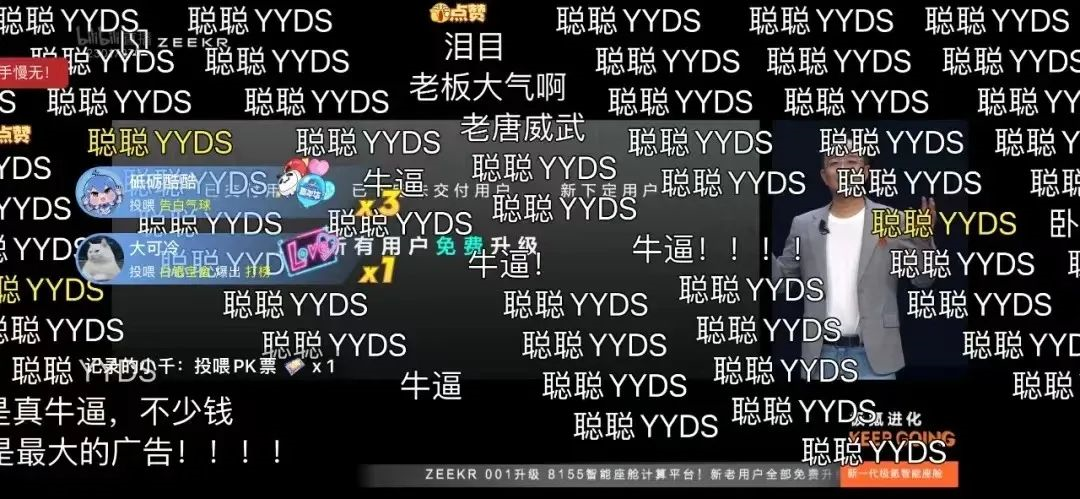
Evolution or Infant?
GeometryAuto, in its latest upgrade, named it ZEEKR OS 3.0.
Compared to the previous version 2.0.1, in the atmosphere of the Internet and new energy vehicle companies, such a large version number leap indicates that there must be updates other than the smart cockpit.
GeometryAuto 001 is the first car model equipped with the Mobileye EyeQ5H intelligent driving chip, carrying 2 pieces of Mobileye EyeQ5H. However, when it comes to intelligent driving, it may touch the lungs of many car owners.
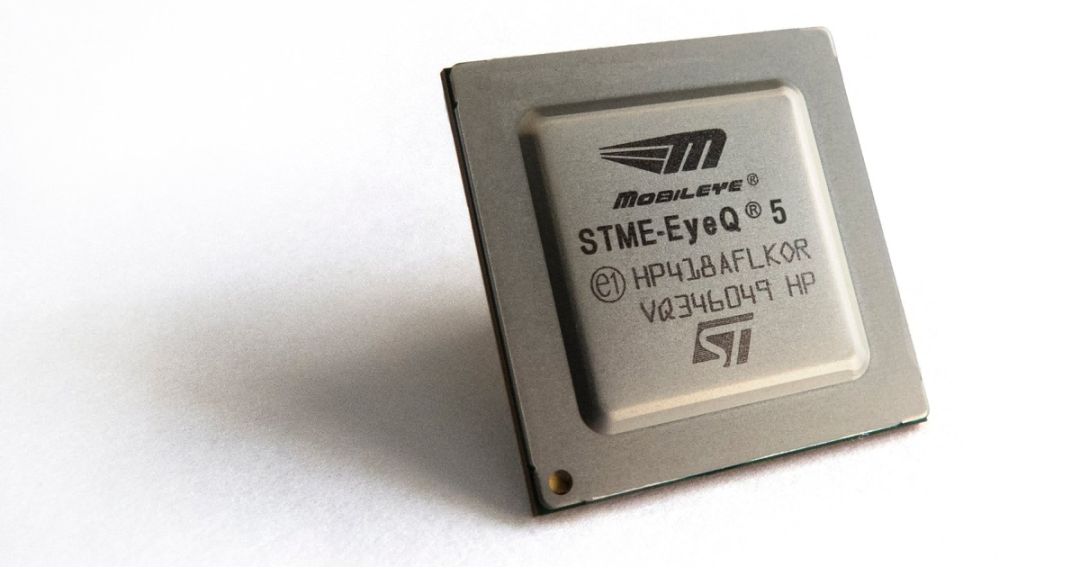
Fortunately, after ZEEKR OS 2.0 was pushed at the end of March and added the Full-speed Range ACC adaptive cruise control, this 3.0 update brings the LCC lane centering function. At this point, the basic L2 level autonomous driving function of GeometryAuto 001 is complete.
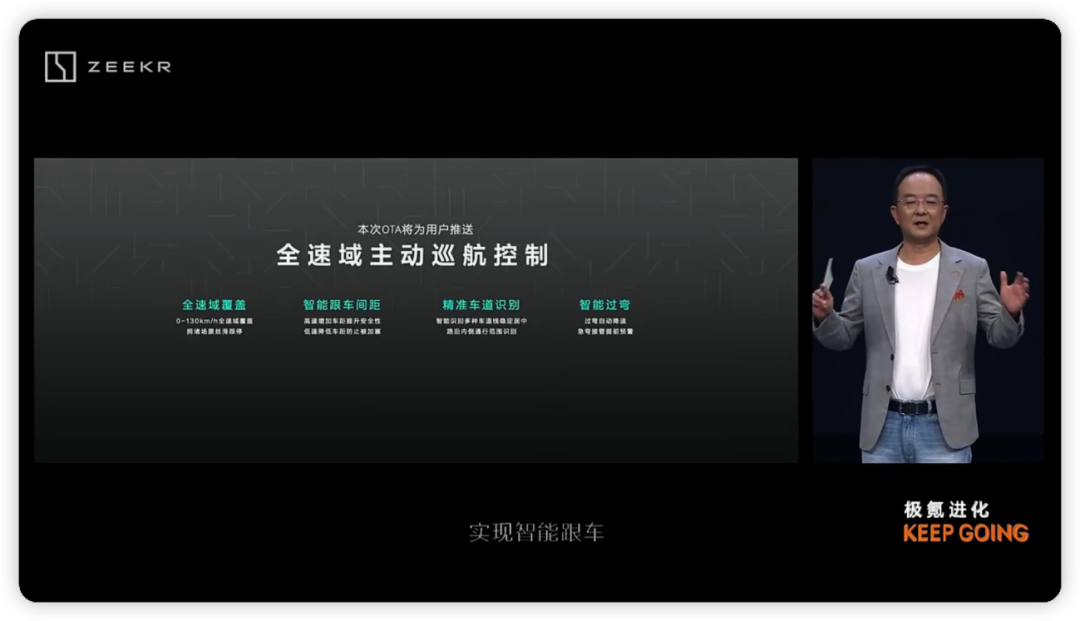
At the same time, we can always expect the word-making ability of technology companies.
While the West has “Moose Test,” GeometryAuto has come up with the “Gazelle Avoidance.”
According to GeometryAuto’s description, this is an advanced function launched by them based on the basic ACC + LCC, using the 7 8 million pixel cameras around the GeometryAuto 001 body to target three high-frequency dangerous scenarios. GeometryAuto calls it the “Old Driver of Chinese road conditions.”
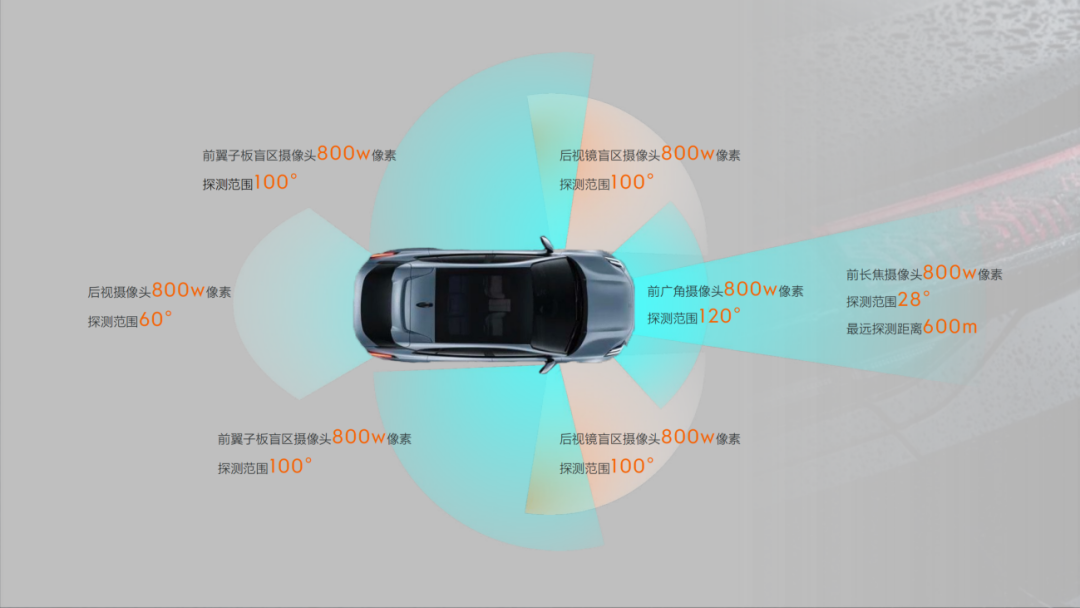
First of all, there’s the Pedestrian Avoidance.
When the system detects pedestrians in the lane ahead, LCC will automatically control the vehicle to decelerate and pass. This is a design that reserves more reaction time for the driver in response to the sudden crossing of pedestrians on the roadside. Of course, if the driver does not respond in time, AEB automatic braking will also be triggered.
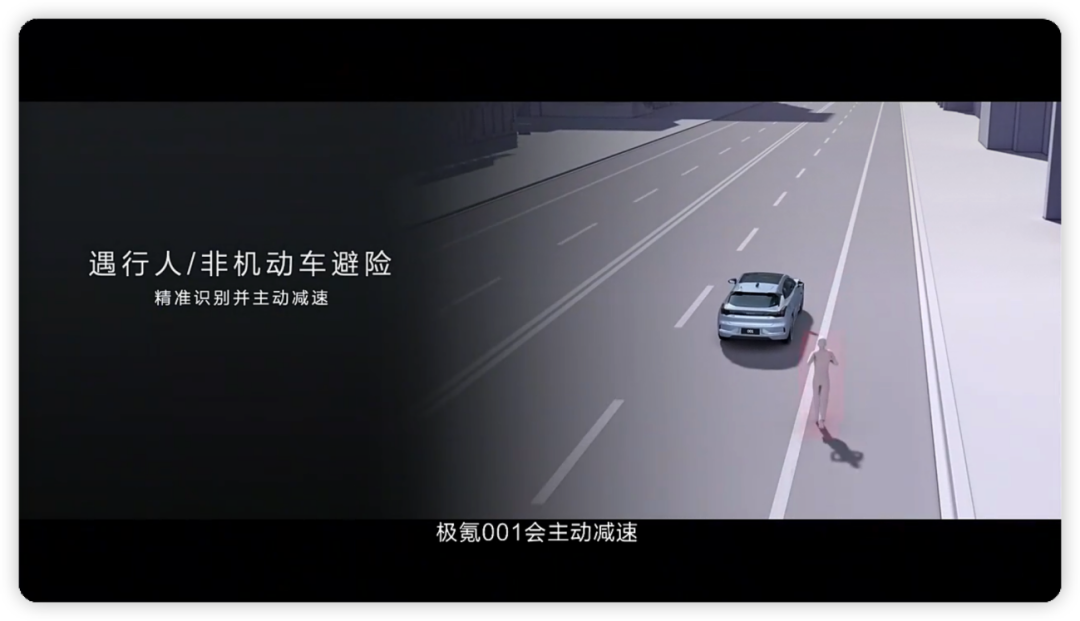
Secondly, there’s the Big Vehicle Avoidance.
After all these years, I still remember what the coach told me when I first practiced for the third subject on the road: “When you encounter a big vehicle, either stay away from it or pass it quickly.”It is evident that the “Gazelle Escape” shares a common approach with us. When there is a large truck in the adjacent lane, the LCC will automatically control the vehicle to actively shift towards the side away from the truck. This anthropomorphic operation not only adheres to our school’s tradition to ensure safety but also avoids damage to the vehicle caused by rocks and debris falling from the large truck.
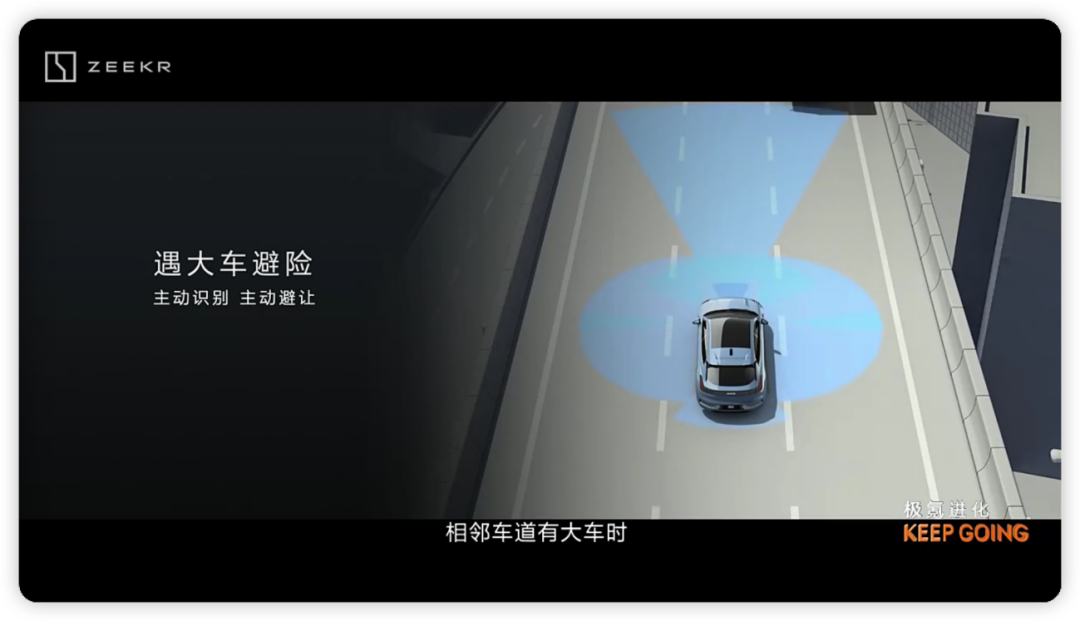
The third is to “Avoid Obstacles on the Road”.
When a stopped vehicle in the emergency lane opens its door and invades the forward route, the LCC will steer the vehicle to the outside direction without changing lanes to avoid the collision risk that may occur due to passengers entering or leaving the other vehicle. At the same time, when the stopped vehicle occupies the current lane space improperly, the LCC can also execute similar operations.
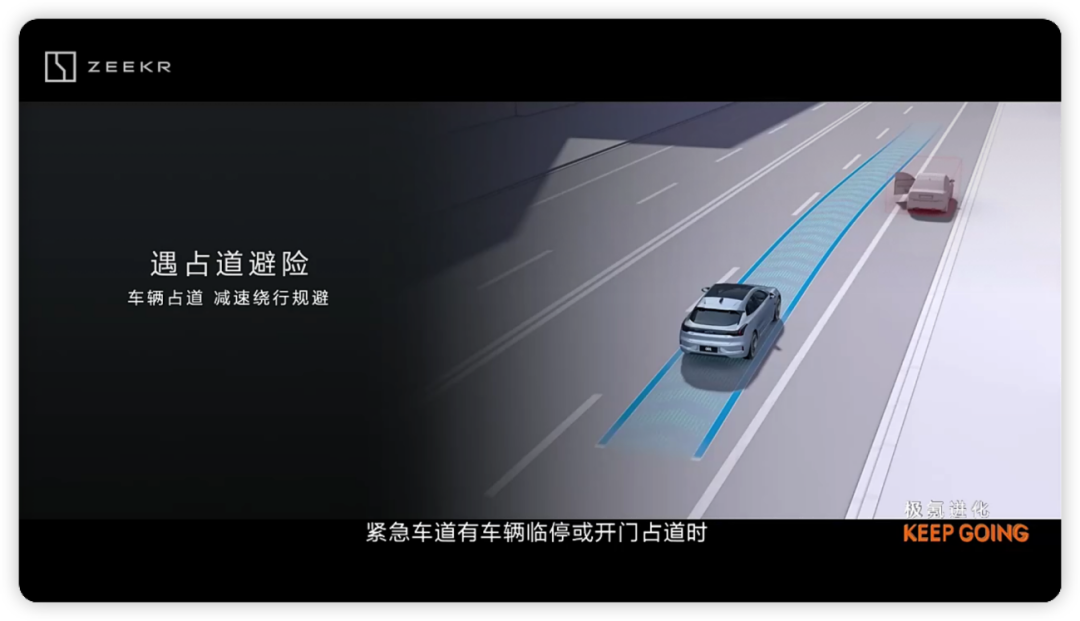
“Intelligent Driving is Core Technology.”
“Let evolution return to the first demand of user travel,” said An Conghui.
Therefore, at yesterday’s “Geek Evolution Day,” intelligent driving also accounted for one-third of the share.
In modern vehicles, TCS traction control system is a safety system that can prevent wheel slippage and ensure the safe trajectory of the vehicle.
Geek-Evolution proposed a distributed traction control system called “dTCS.” I guess the “d” here stands for “Direct.”

The specific approach is that Geek-Evolution integrated the DMC dynamic torque control unit into the motor controller. The benefits of this approach can be seen very intuitively from the figure below.
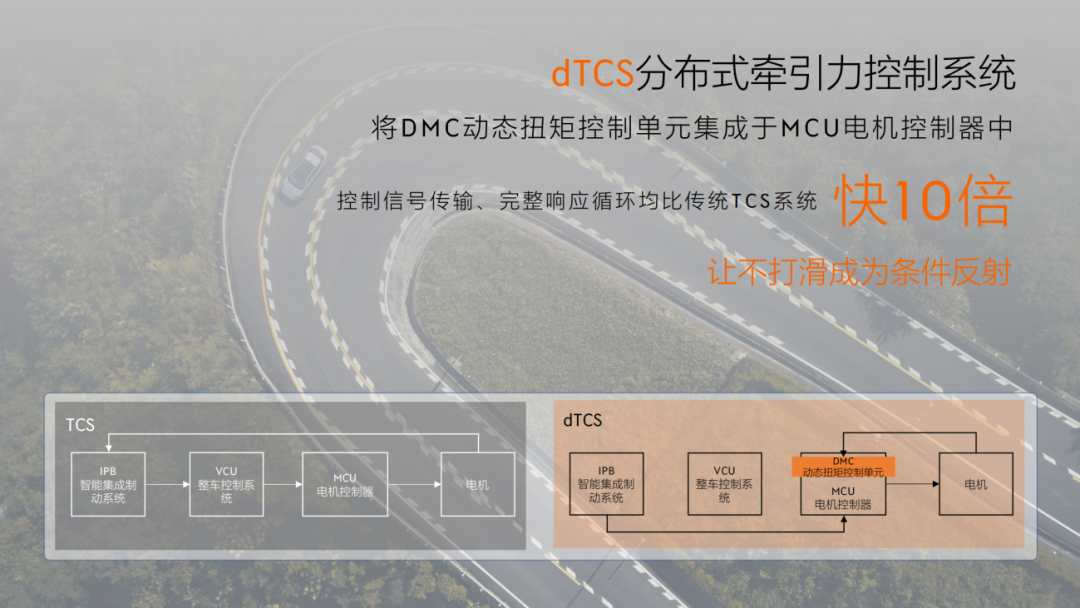
The traditional TCS and DMC are located in the IPB intelligent integrated braking system, and the torque output and feedback of the motor need to go through a long chain of links. However, with the DMC’s position change, the entire feedback adjustment path of dTCS has been greatly shortened, and the response speed of the traction control system has increased by 10 times.
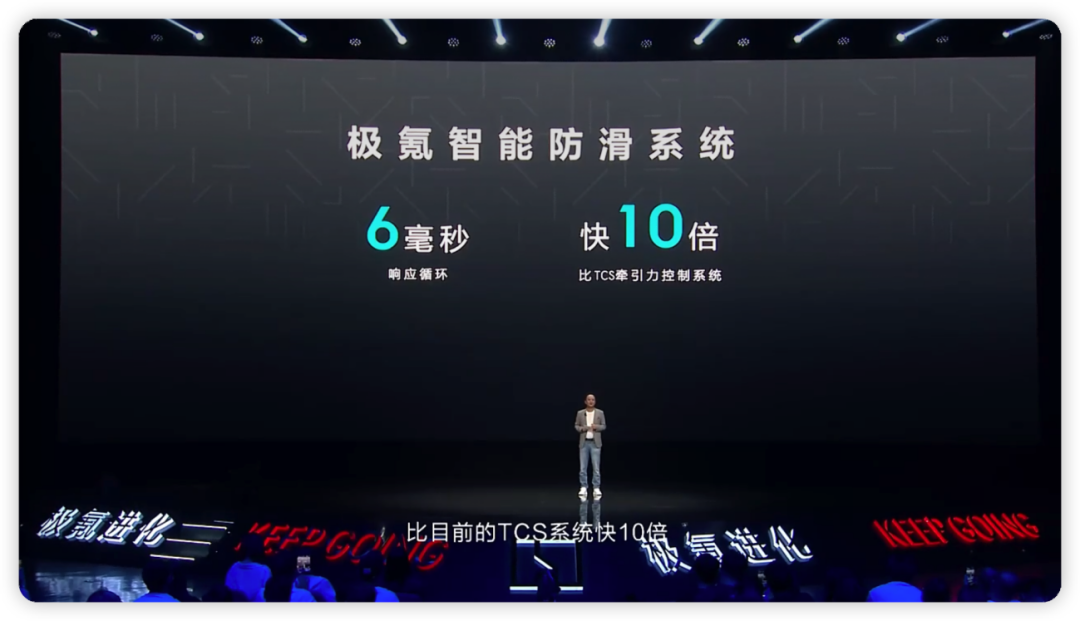
Regarding the vehicle’s macro performance, Geek-Evolution has a slogan, “Making Non-Slipping a Conditioned Reflex.”After applying dTCS, the vehicle’s 0-60km/h acceleration time on the snow surface can be reduced by 0.8 seconds; the maximum controllable speed for cornering on ice and snow rings with a diameter of 200-250 meters can be increased by 5-15km/h.
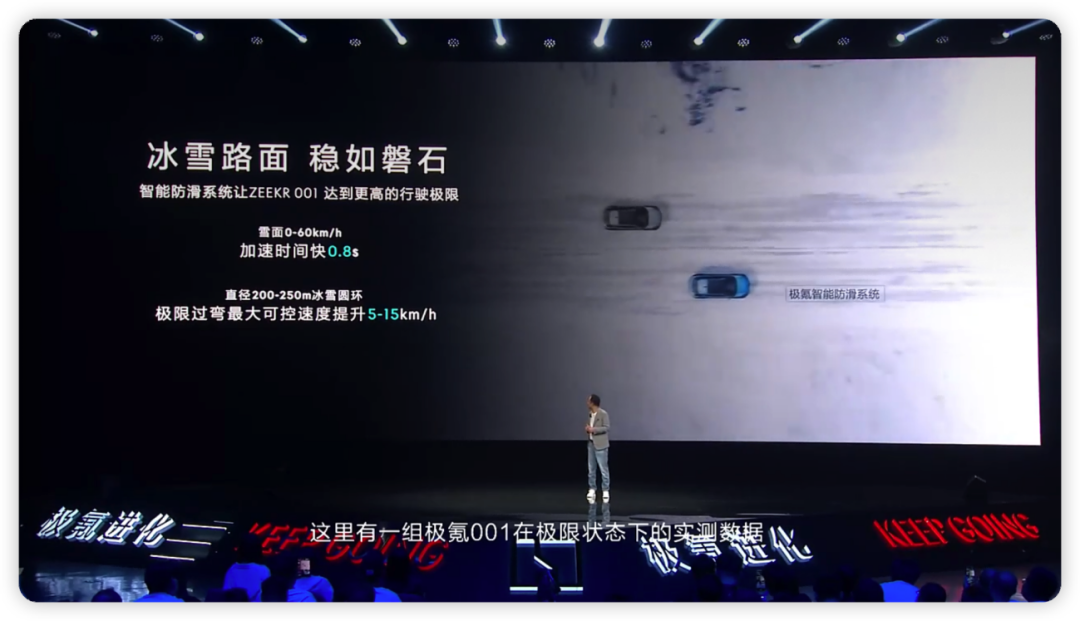
In addition, Xpeng has proposed a black technology called “Lightning Switching”.
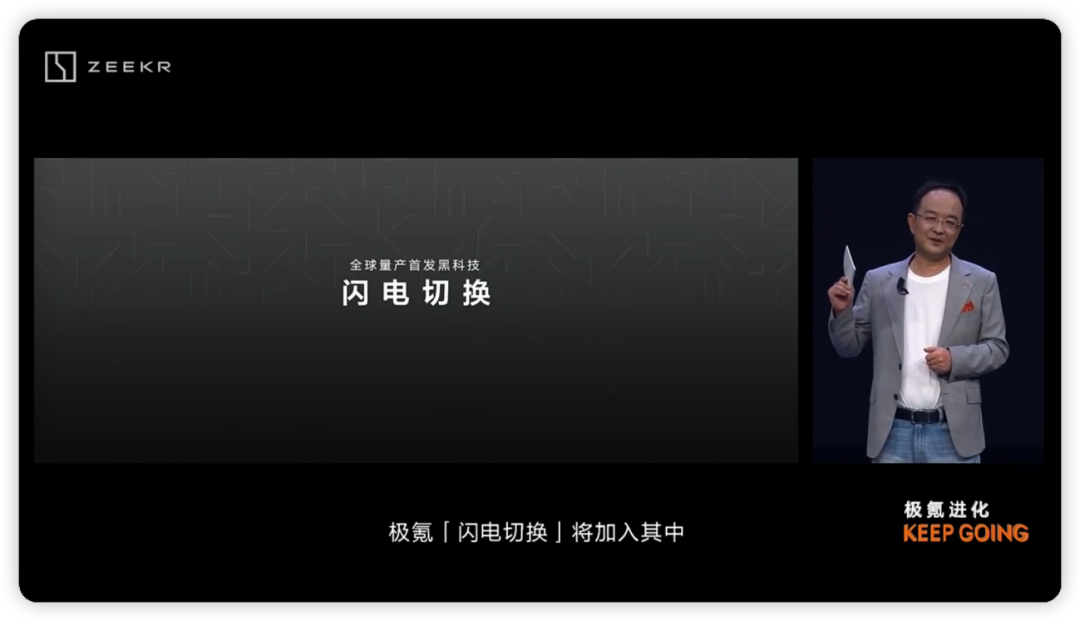
Simply put, Xpeng’s technology adds a clutch mechanism to the front motor of the dual-motor model, allowing the front motor to be completely disconnected from the front wheels when the front motor does not require output.
Xpeng’s 001 equipped with this technology can also switch freely between the three driving modes of full-time rear-wheel drive, adaptive four-wheel drive, and full-time four-wheel drive.
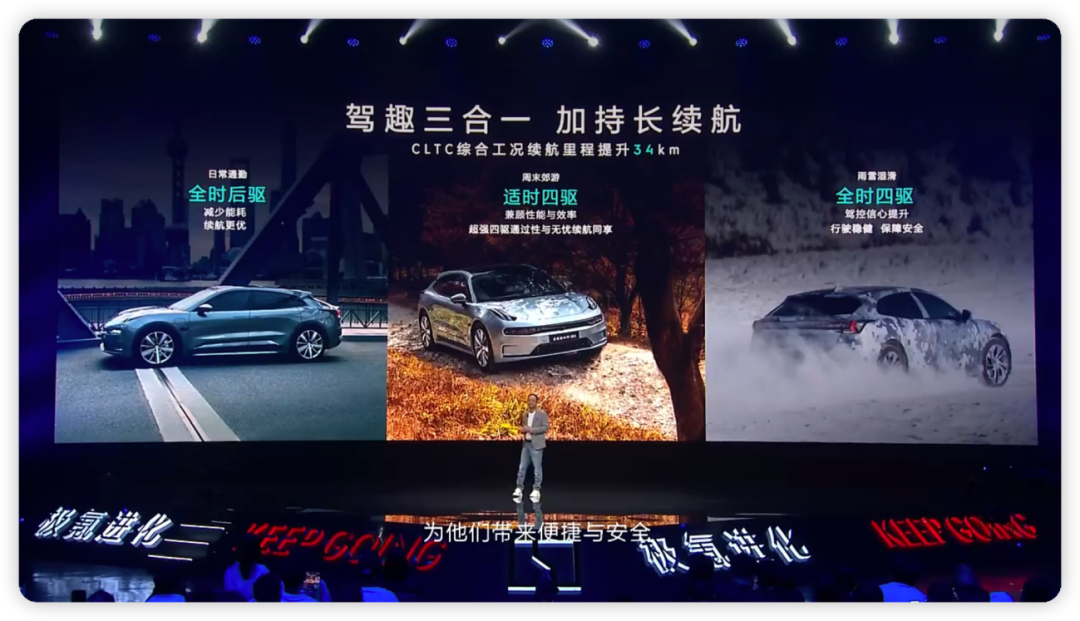
This design is similar to the gearbox clutch that can disconnect the rear motor on the Porsche Taycan.
Their design point is energy-saving. According to the principle of electromagnetic induction, when the motor is not energized, the motor becomes a generator and generates a certain amount of drag resistance. Disconnecting the connection between the wheels and the motor can avoid this situation.
According to the data provided by Xpeng, after disconnecting the front motor, the CLTC range can be increased by 34 kilometers.
In my opinion, for an electric car with a range of more than 600 kilometers, unless it is an extreme low battery situation, 34 kilometers of range improvement is not a big deal. The greater significance of this technology lies in its playability.
For example, Xpeng is developing and testing the “Drift Mode”.
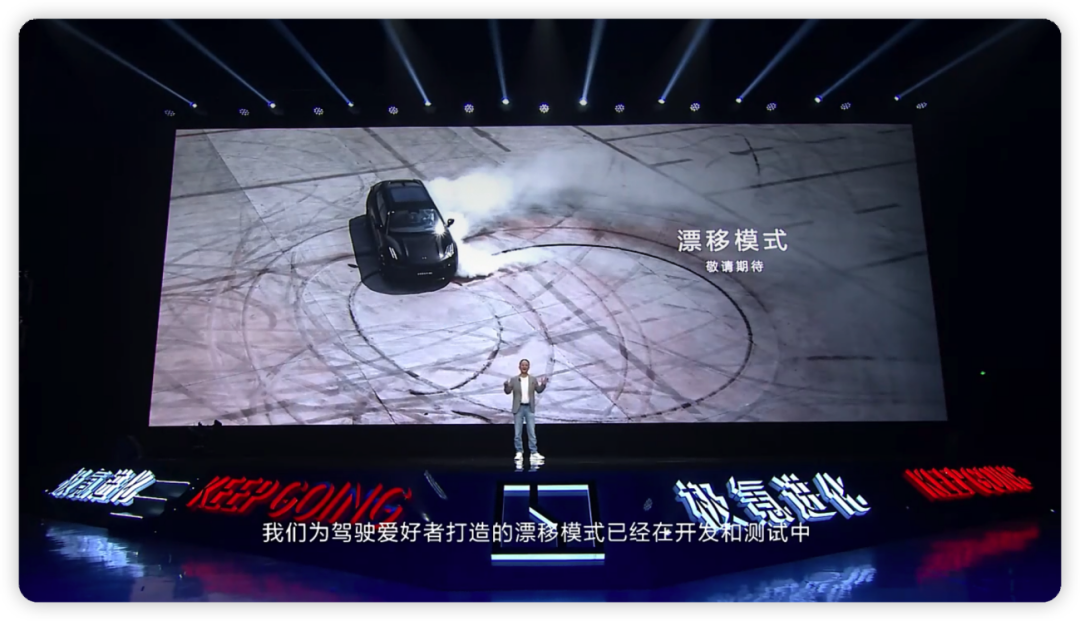
This technology will first be installed on the top-of-the-line YOU version of the subsequent deliveries.
“If ‘evolution’ is the first keyword of this press conference, then ‘affordable’ must be the second keyword.”
Xpeng offers a free upgrade to 8155 and the subsequent delivery of the top-of-the-line YOU version equipped with “Lightning Switching” without additional charge.
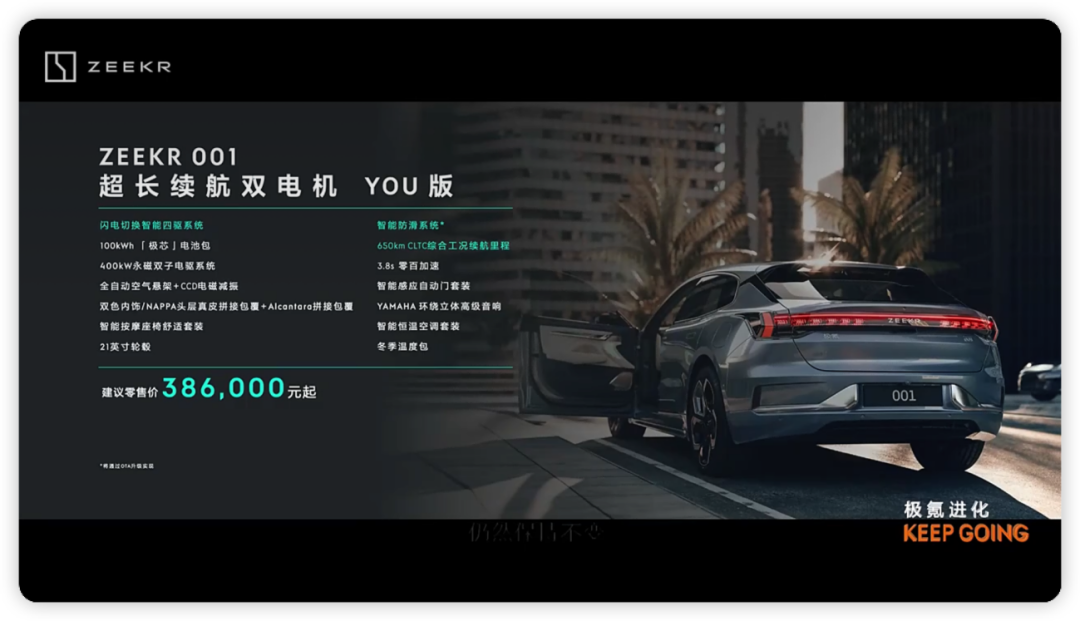 On the “JiKe evolution day,” not only the existing car models evolved, but also a new ME version of JiKe 001 with extended range and dual-motor, priced at 349,000 CNY.
On the “JiKe evolution day,” not only the existing car models evolved, but also a new ME version of JiKe 001 with extended range and dual-motor, priced at 349,000 CNY.
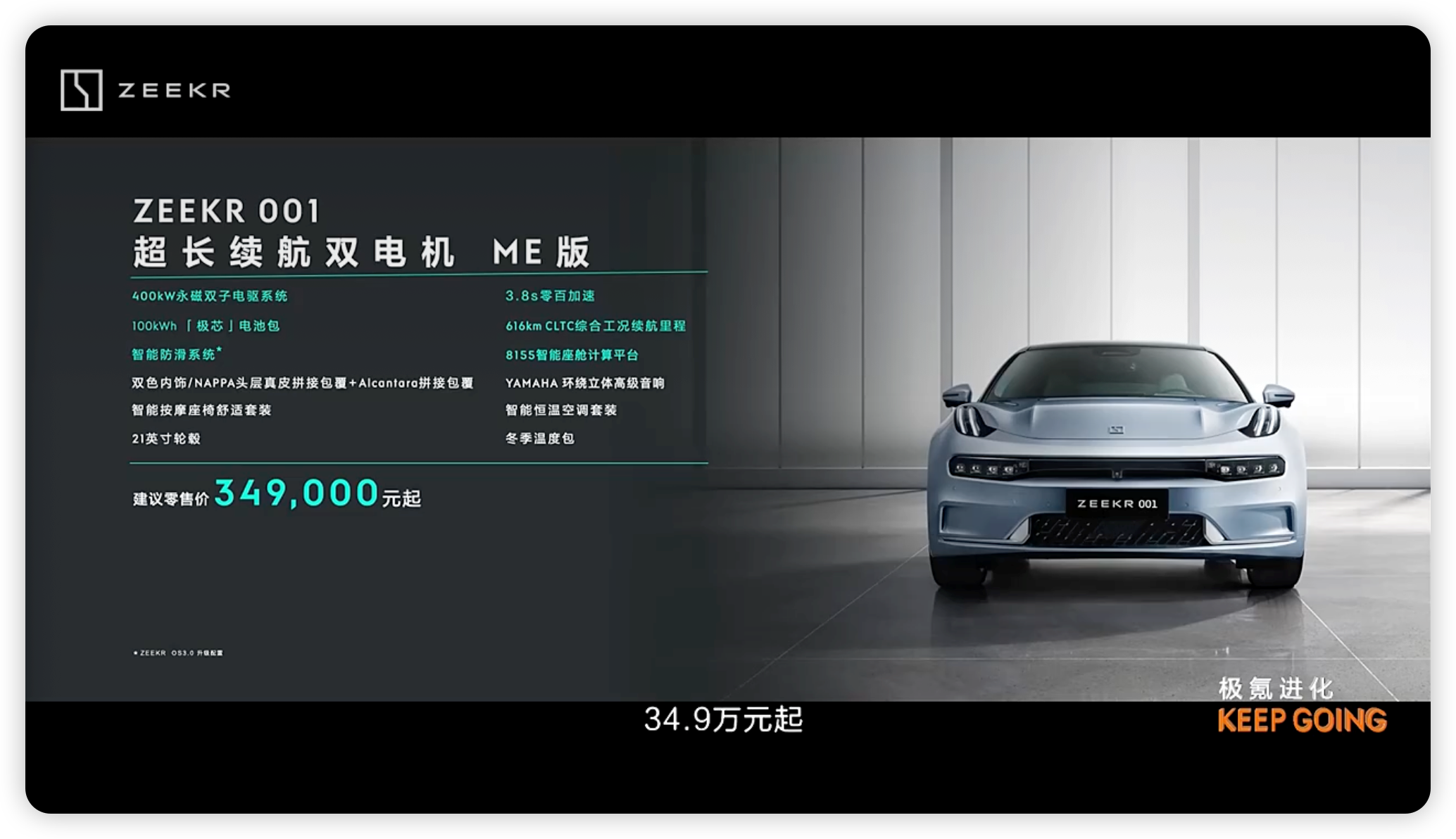
The new model features the “dual hundred combination” of 400kW dual motors and a 100kWh battery pack, which can be understood as a version without air suspension and electric doors. According to JiKe, the “dual hundred combination” represents a 3.8-second 0-100km/h acceleration and a CLTC 616km long range, which is the most popular configuration among users surveyed.
As a result, An Conghui called the configuration, which was developed based on user research, a “user co-creation” new model.
Undoubtedly, taking advantage of the “free” momentum, JiKe is making every effort to get closer to users, even closer.
“Are you satisfied? No, there’s more.”
An Conghui’s words have a taste of a domineering CEO.
As the final surprise of yesterday’s press conference, JiKe once again raised the “free” killer – all JiKe 001 new and old car owners can apply for a free Bluetooth smart key.
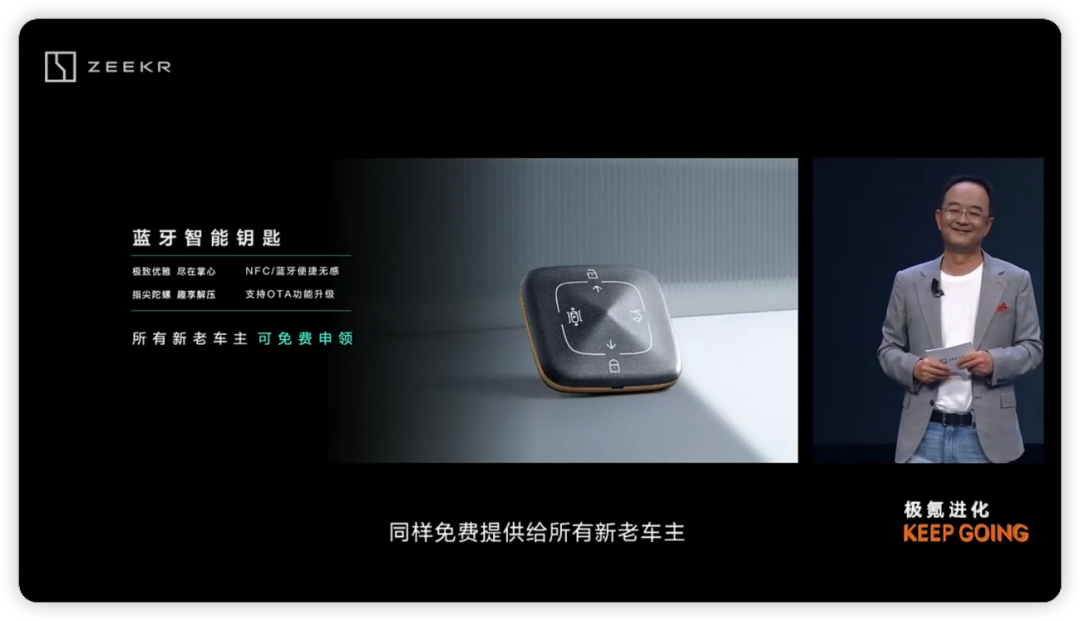
In today’s world where mobile Bluetooth keys are becoming more and more useful, an additional Bluetooth smart key may not be a necessity; however, who can resist free benefits?
On the one hand, JiKe’s move greatly enhances the sense of brand ownership among old car owners; on the other hand, it should also attract a group of “new users converted from competitors.”
My biggest source of speculation is an experienced media colleague, known for being tough and straightforward. Last night, he posted on his Moments, “Starting today, JiKe’s brand has been upgraded by one level in my mind.”
If JiKe can be upgraded by one level in the toughest situation, it should be several levels higher in the minds of ordinary people.
At least in my mind, it’s two levels. What about you?
This article is a translation by ChatGPT of a Chinese report from 42HOW. If you have any questions about it, please email bd@42how.com.
